Almost 150 years ago, a Swiss botanist proposed something crazy: he said that the simple living thing called “lichen” was actually 2 different kinds of living things working together.
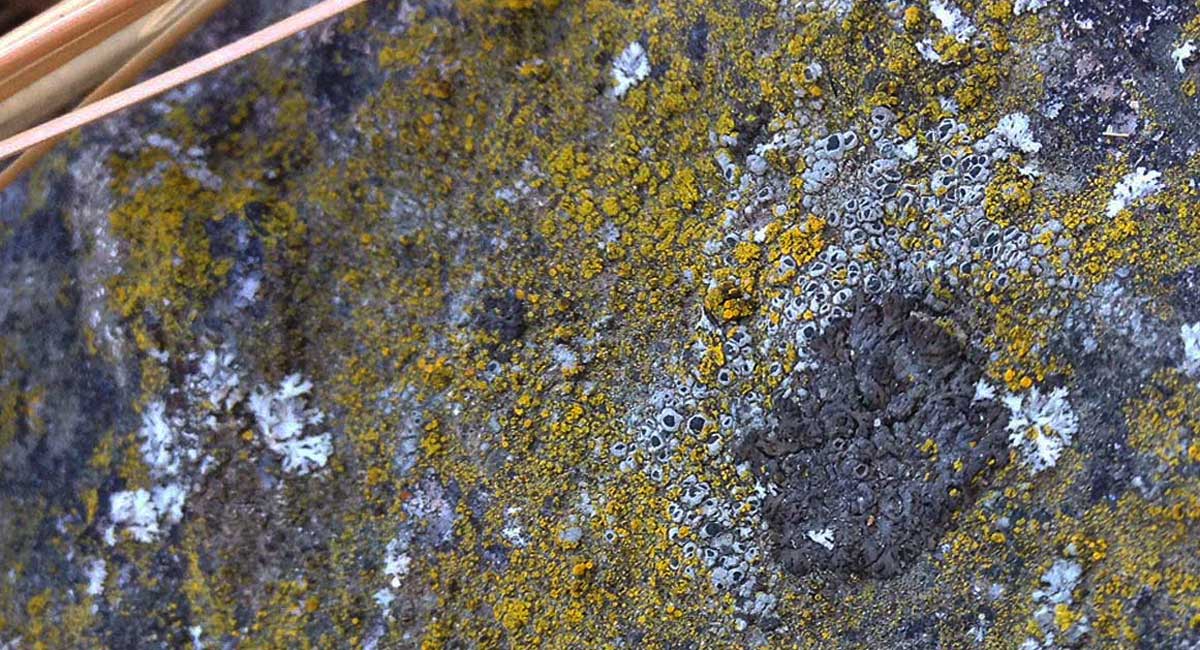
Simon Schwendener proposed that a lichen was a fungus (usually an ascomycete) and a photosynthesizer (an algae or a cyanobacteria) that engaged in something called a symbiotic relationship where each species helps out the other.
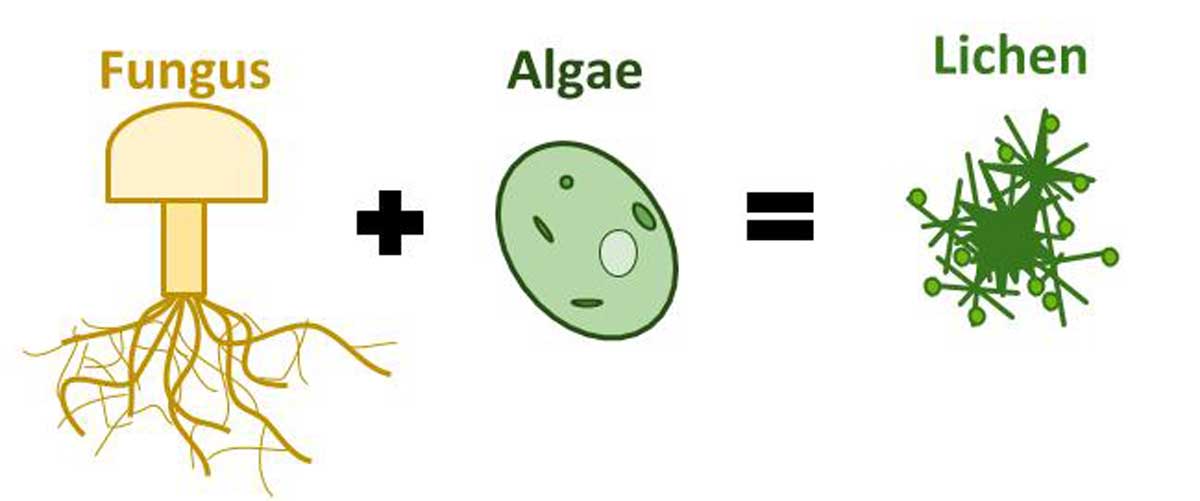
Think of your best friend; you give this friend support when then need it, and in turn, they might give you some encouragement when you need it – that is a kind of symbiotic relationship! Schwendener said that the fungus gave lichen structure, and the algae or cyanobacteria provided nutrients by photosynthesizing like this: 
At first, other scientists thought Schwendener was a bit crazy, but eventually, his model was accepted and scientists all over the world have spent the last 150 years understanding lichen as a friendly interaction between two different species. We have even taught this here at High Trails!
But the natural world still holds many secrets, and as scientists, we never stop asking questions.
It started with a simple question: why do some kinds of lichen have such a wide range of appearances (or “phenotypes”)? Lichens come in an astonishing array of sizes, shapes, and colors, and grow on many different surfaces.
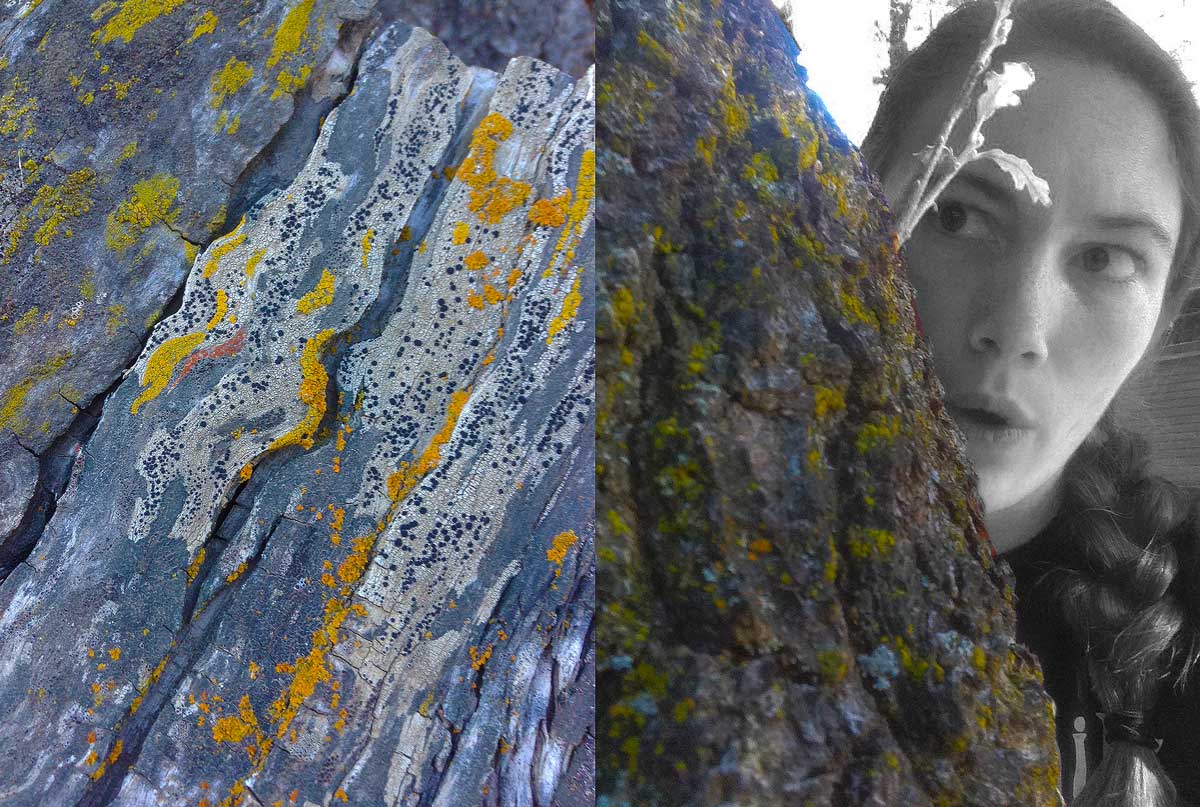
How come some of those fungus + algae partnerships look so different even within the same species?
This is the question that Dr. Toby Spribille and his colleagues were asking. They thought, like many other scientists, that the difference must come from some different genetic expression. Let me pause and break this down: when humans grow and develop, our appearance changes because our DNA – that stuff that holds all of our genetic information – is “read” in a slightly different way. Spribille figured that the different appearances of lichens must come from the fungus’s DNA being read in a different way. But he was stumped. He couldn’t figure out which genes were responsible. So he decided to broaden his search and found something incredible!
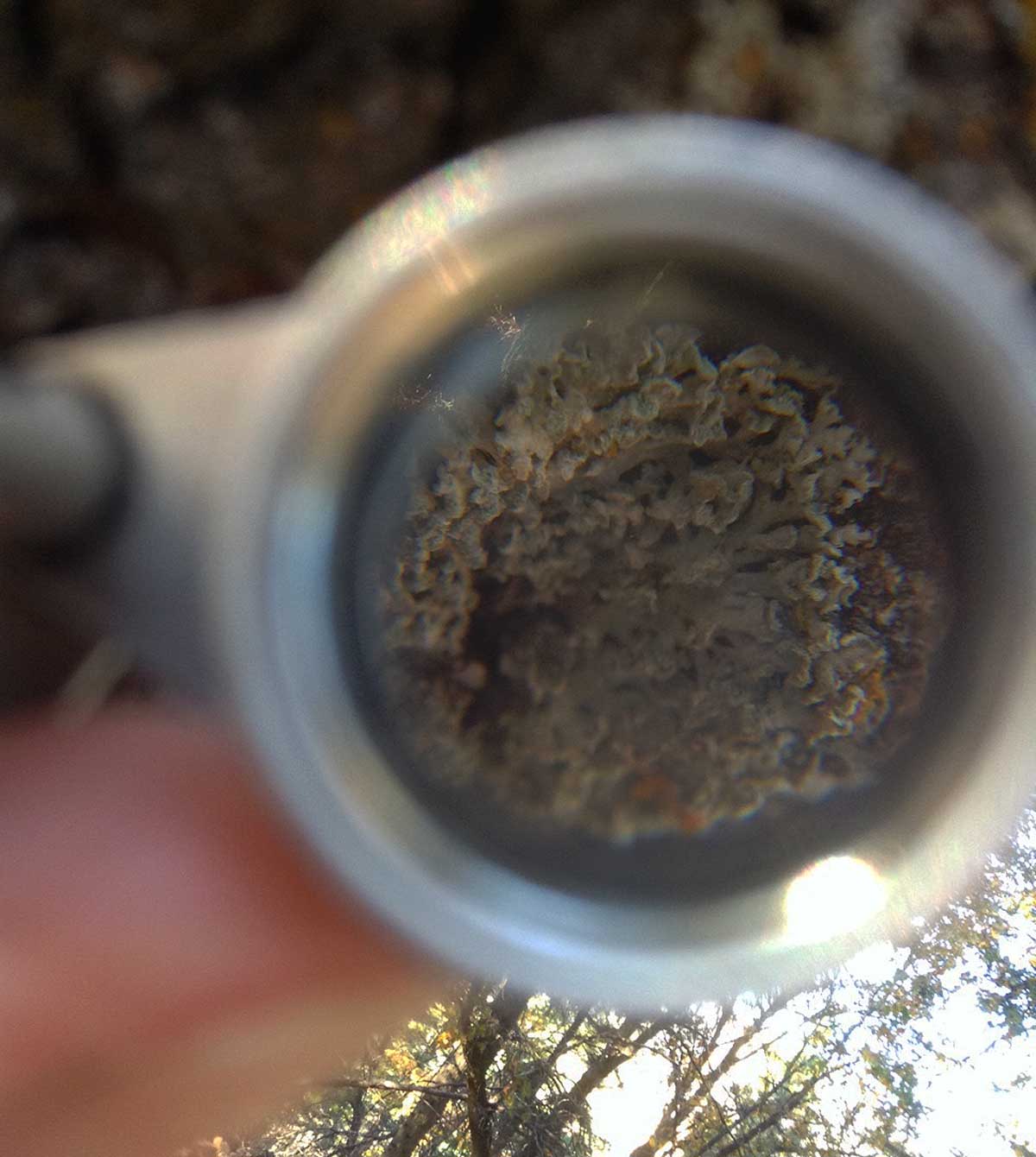
Right there, under the nose of everyone who had been studying lichens for 150 years, there was another friend!
He and his colleagues found that not only was a lichen composed of that friendship between an ascomycete and a photosynthesizer, but there was another fungus there too: a yeast! 
There are actually THREE different species working together in each lichen, and this isn’t just happening once, this is happening all over the world. Spribille found that lichens across the world in six different continents all have a specific yeast partner. So this summer, after 150 years, Spribille and his collaborators published a scientific paper that changed the entire definition of lichens.

Why is this so exciting? Well, for one thing, it changes the way we look at an entire category of biology.
Lichens can be found all over the world – and indeed all over our forest – and are a really good indicator of disturbances in the surrounding environment. The more we know about lichens, the more we can learn about the entire ecosystem! But this development is exciting for another reason, too: it shows how much we still have to learn. As a scientist and an educator, I know we can never get comfortable in our own knowledge. The beauty of science and education is that everything changes and we can never stop asking questions and never stop learning.
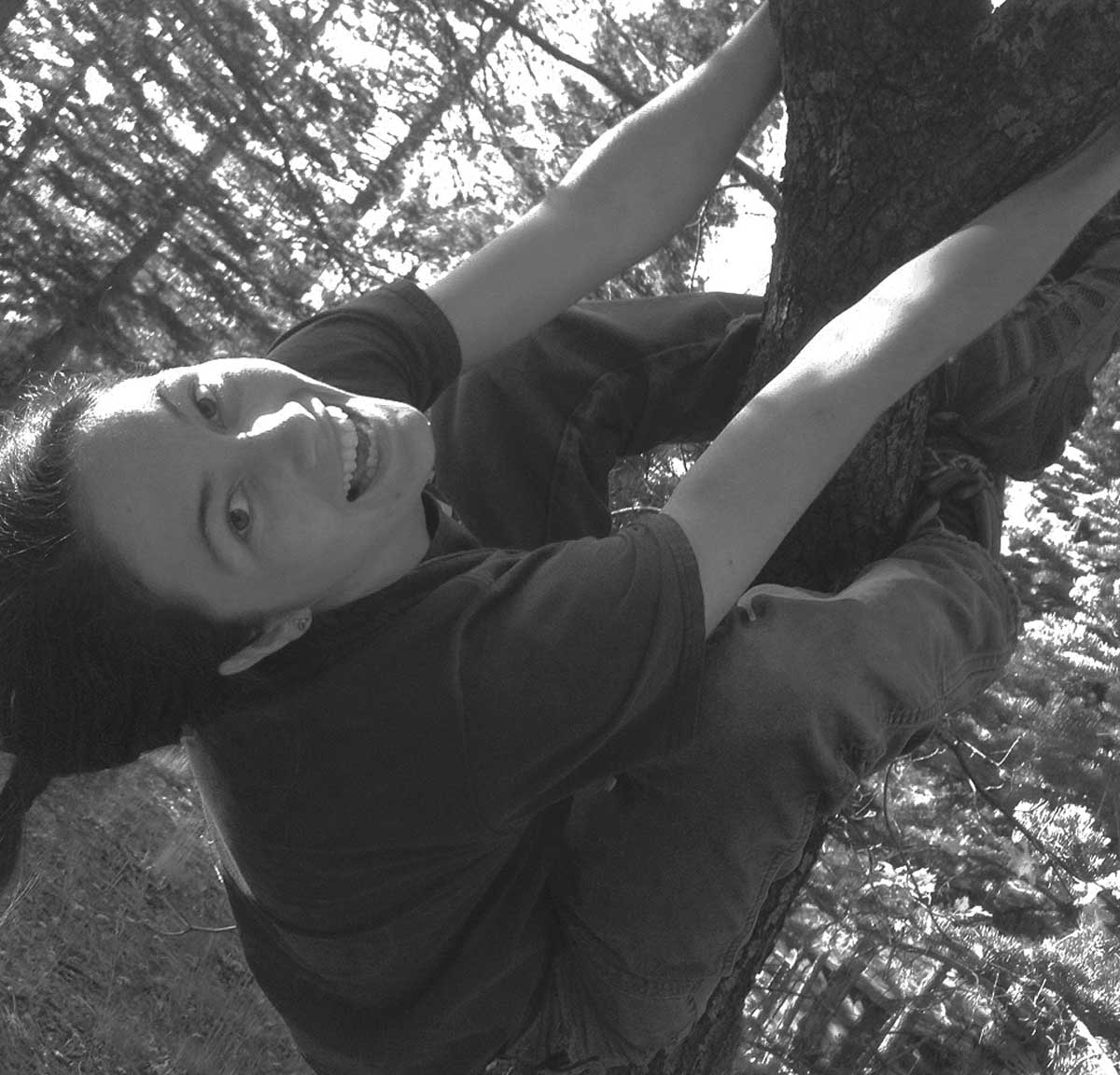
Spribille, T., V. Tuovinen, P. Resl, D. Vanderpool, H. Wolinski, M. C. Aime, K. Schneider, E. Stabentheiner, M. Toome-Heller, G. Thor, H. Mayrhofer, H. Johannesson, and J. P. Mccutcheon. “Basidiomycete Yeasts in the Cortex of Ascomycete Macrolichens.” Science353.6298 (2016): 488-92. Web.
At High Trails Outdoor Science School, we literally force our instructors to write about elementary outdoor education, teaching outside, learning outside, our dirty classroom (the forest…gosh), environmental science, outdoor science, and all other tree hugging student and kid loving things that keep us engaged, passionate, driven, loving our job, digging our life, and spreading the word to anyone whose attention we can hold for long enough to actually make it through reading this entire sentence. Whew…. www.dirtyclassroom.com

Comments are closed.